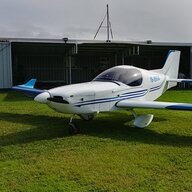-
Posts
4,796 -
Joined
-
Last visited
-
Days Won
139

kgwilson replied to trailer's topic in Aircraft Incidents and Accidents

kgwilson replied to trailer's topic in Aircraft Incidents and Accidents

kgwilson replied to trailer's topic in Aircraft Incidents and Accidents

kgwilson replied to trailer's topic in Aircraft Incidents and Accidents

kgwilson replied to Ben's topic in AUS/NZ General Discussion

kgwilson replied to Old Koreelah's topic in Aircraft Incidents and Accidents

